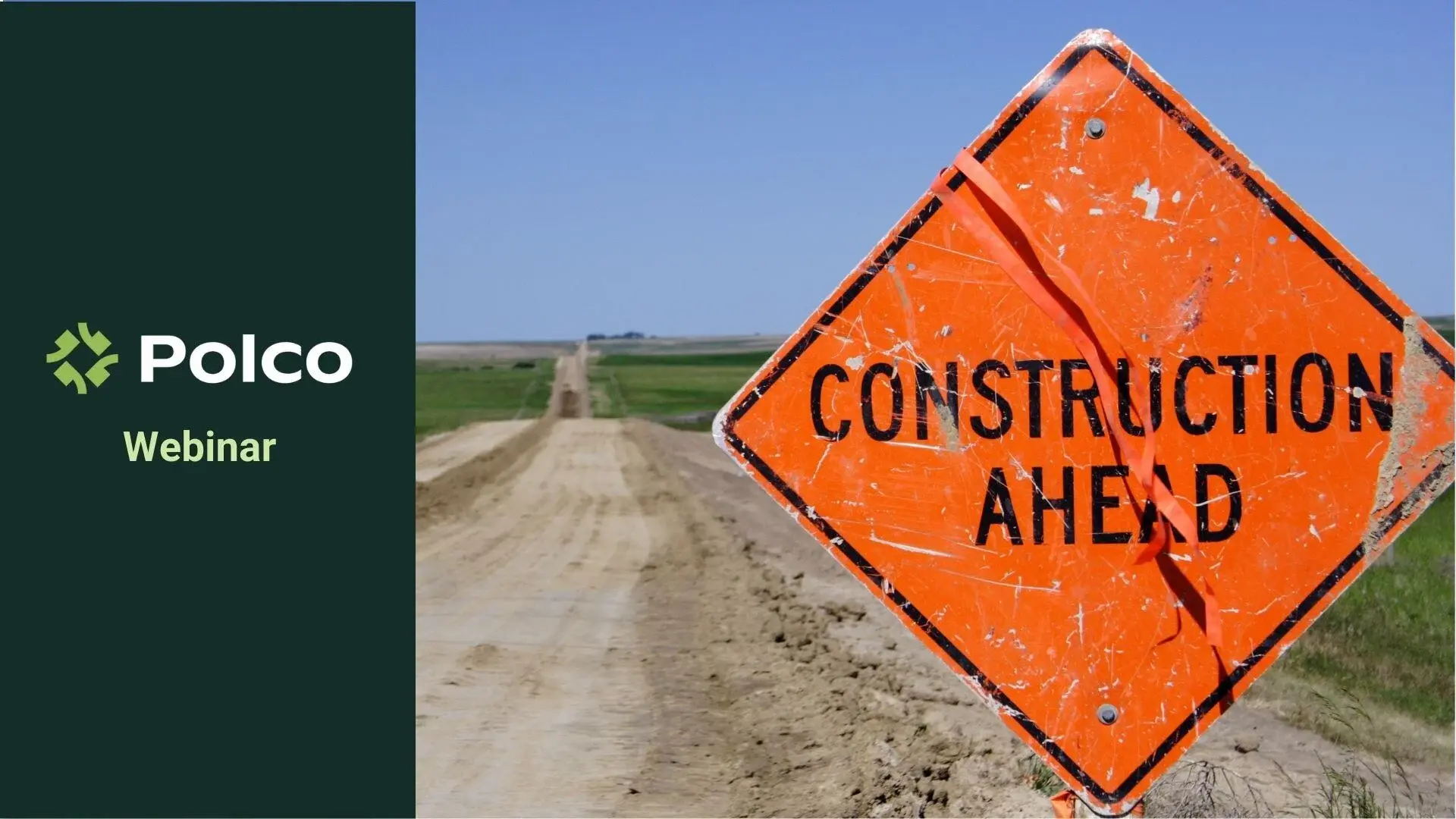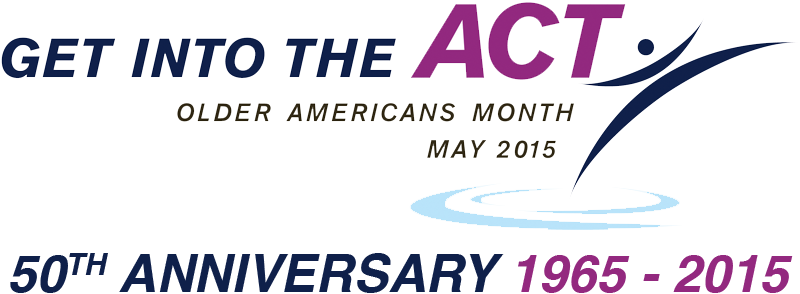America’s Top Five Infrastructure Needs
By Polco on June 10, 2024

Polco data scientists unveil the top infrastructure priorities in the US according to resident opinion and quality of life data. Find out what they are!
Infrastructure is a hot topic for local government planners and developers today because so much needs upgrading. According to the American Society of Civil Engineers, the United States scores a C- on its infrastructure report card. That may be enough to pass a class, but who wants to drive on C- bridge? Most governments have plenty of projects, but with tight budgets and even tighter deadlines, it’s difficult to prioritize projects that will best serve their communities.
In this webinar, Polco's data scientists unveil America’s top five infrastructure needs so governments can align their planning and budgeting decisions to where they will make the most impact. Plus, get strategies on how your City can improve in each area.
Later, hear from Clint McAffee, Public Utilities Director on how Park City, Utah, became an award-winning government by increasing resident approval ratings for water services despite unique challenges posed by its mountainous, old mining community setting.
Data Sources for the Infrastructure Needs Analysis
Michelle Kobayashi, Polco's Principal Research Strategist, and Tobin McKearin, VP of Data Science, analyzed two of Polco's extensive data sources that include public and resident opinion data.
 "Our resident feedback comes from this juggernaut survey that we have, the flagship community assessment of the industry," McKearin said. The National Community Survey (The NCS) includes 30 years of resident opinion data on community quality of life and government services across the US.
"Our resident feedback comes from this juggernaut survey that we have, the flagship community assessment of the industry," McKearin said. The National Community Survey (The NCS) includes 30 years of resident opinion data on community quality of life and government services across the US.
The second source, the Government Performance Action and Learning (GPAL) database, includes crucial public data from the US Census, the FBI, and dozens more trusted public references.
By looking at GPAL and the NCS, Kobayashi and McKearin acted as human backhoes and unearthed the top priorities. Here’s what they dug up.
The Top 5 Infrastructure Needs in The US

5. Roads, Bridges, and Roadways
"Roads are the architecture of our country. It's the system to the heart of our communities," Kobayashi said.
According to a recent American Society of Civil Engineers study, about four in 10 roadways are in poor or mediocre condition. Of the over 617,000 bridges that unite our cities, four in 10 are over 50 years old, and 10% are in questionable condition.
Residents are keenly aware of these issues. The NCS shows that fewer than 50% of residents approve of the conditions of their roadways, and only 40% think street repairs in their communities are of high quality.
But even though many roads may be covered with cracks and potholes, around 70% of residents approve of the ease of travel by car.
About 60% of Americans find it easy to walk around their communities. Bicycle travel approval is lower, at 40%.
Roads, Bridges, and Roadways Improvement Strategies
- Enhance asset management systems.
- Adopt the complete streets program, an approach to planning, designing, building, operating, and maintaining safe access to streets.
- Consider private sector partnerships to fund repairs in high-traffic areas like downtowns.
- Explore innovative technologies like drones for package delivery.
- Apply for funds and grants can help improve city streets.

4. Water Systems
"Water is always a top priority because we all need water to survive," McKearin said. Residents and local governments alike consider water to be one of the most critical priorities, even though water system approval ratings are scoring reasonably well. About 80% of residents rate sewage systems as good or excellent, and 70% approve of stormwater systems and drinking water quality.
"Given how important drinking water is, we think we can do much better," McKearin added.
Water Systems Improvement Strategies
- Build green infrastructure, such as replacing aging pipelines or installing smart meters to monitor water usage and detect leaks. Other green infrastructure options include permeable pavements, rain gardens, and green roofs to collect water.
- Launch public awareness campaigns.
- Develop water-saving incentives.
- Update billing codes to include water-efficient designs.
- Apply for low-cost loans and grants available, such as the Clean Water Safe Revolving Fund, the Water Infrastructure Finance and Innovation Act, and the Rural Utilities Service's Water and Waste Disposal program from the EPA.

3. Broadband
When people think of infrastructure, broadband might not immediately come to mind—unless you live far away from fiber and cell towers.
 "One of the things the pandemic did was highlight the areas our country had incredible chasms to begin with," Kobayashi said. "The digital divide was one of them."
"One of the things the pandemic did was highlight the areas our country had incredible chasms to begin with," Kobayashi said. "The digital divide was one of them."
Many rural areas lack high-speed internet, and residents struggled with remote education and healthcare access during this time. The NCS indicates that around 55% of residents approve of the quality of their high-speed internet, while GPAL data shows that only 65% of residents actually have high-speed internet.
Broadband Improvement Strategies
- Use ARPA or Infrastructure Investment and Jobs Act funds to enhance digital connectivity.
- Partner with private companies to install fiber networks. For example, companies in Colorado Springs, Colorado, are helping fund the installation.
- Support libraries, which have become public Wi-Fi providers.
- Launch digital inclusion programs to provide internet services to disadvantaged populations.

2. Sustainability and Resilience
As more extreme weather patterns become more common with each passing year, more and more people are thinking about sustainability. According to The NCS, eight in 10 residents rate air quality highly. That’s not bad. However, six in 10 approve of natural area preservation, community cleanliness, and open spaces.
Sustainability and Resilience Improvement Strategies
- Aim to be a 15-minute city, centralize necessities and entertainment within a 15-minute walk, reduce car emissions and suburban sprawl, and improve community health.
- Implement blue and green living infrastructure.
- Reduce emissions.
- Build energy-efficient buildings that can withstand environmental hazards.

1. Transit
Finally, the number one priority is transit. Transit has long been an issue for many states. Many American communities are built for cars without other efficient means of getting from A to B. This is reflected in the NCS. Only about 30% of people approve of the ease of travel by bus in the US, one of the survey’s lowest-scoring metrics.
While the financial feasibility of transit systems is a challenge for smaller communities that don’t have the population to support public transit, Kobayashi suggests considering the trade-offs involved.
Transit Improvement Strategies
- Support transit systems should focus on transit-oriented development
- Utilize land use planning to create community hubs with multi-family and multi-use housing close to workplaces.
- Emphasize integrated transit systems, including biking, scooters, and walking paths.
- Apply for grants and funding for transit improvements.
While there is much work to be done, luckily data can guide us on a smart path forward with infrastructure improvements.
“Even though technology and data can be scary, both of these things are going to really help us,” Kobayashi said. “Mining and the use of data, whether it comes from the smart infrastructure sensors or data analytics to predict things, like what bridge is going to give out or what natural disaster might hit your city next, it's’ the key to moving forward.”
Uncover the Infrastructure Priorities in Your Community
The data used in this analysis reveals America's top infrastructure needs based on the national average. You can find the top priorities in your own community with The National Community Survey (The NCS) and GPAL data specifically about your City. Make data-backed infrastructure plans to make the most out of your budget and resources.
Popular posts
Sign-up for Updates
You May Also Like
These Related Stories

How Black and White Americans See Law Enforcement Differently
Police Survey eBook: How Americans See Public Safety Services Within Their Communities


